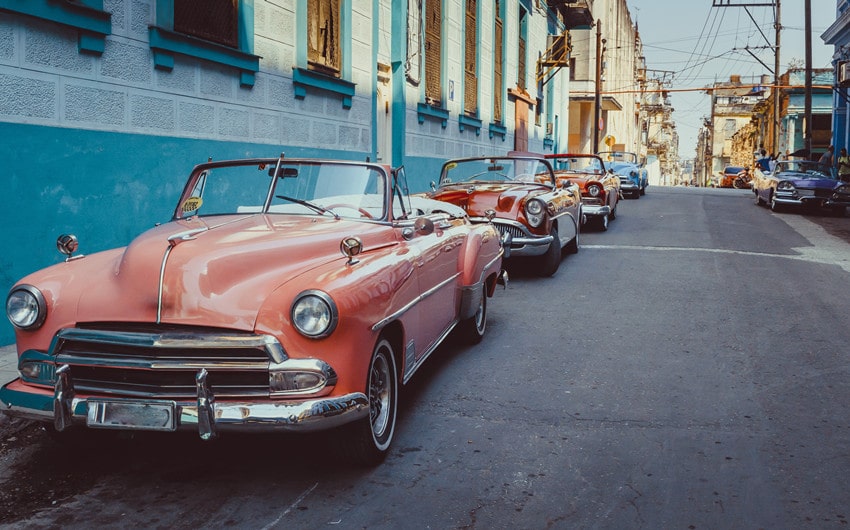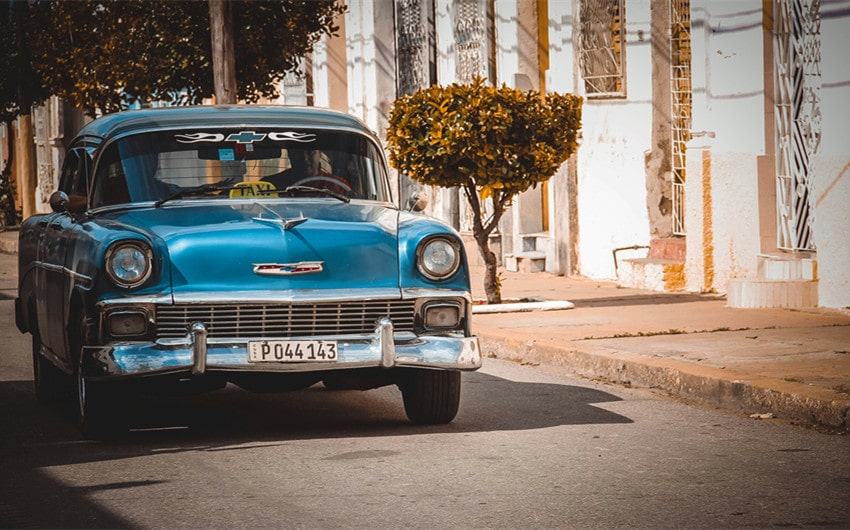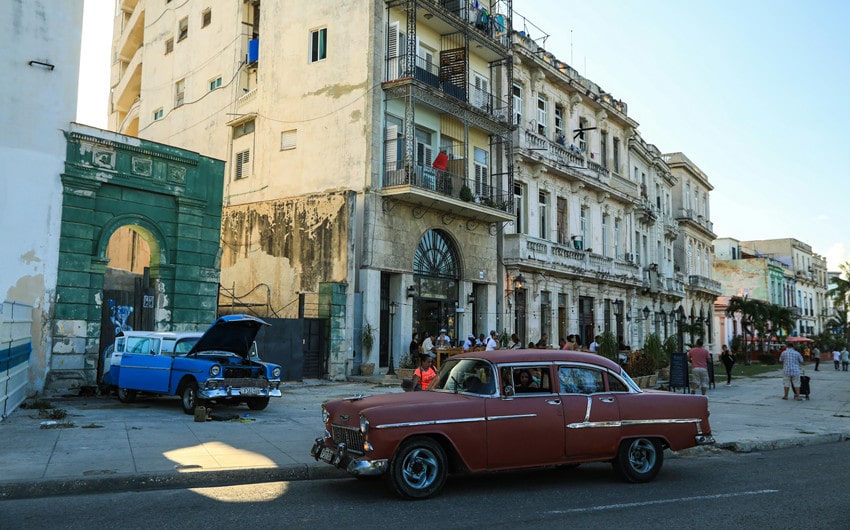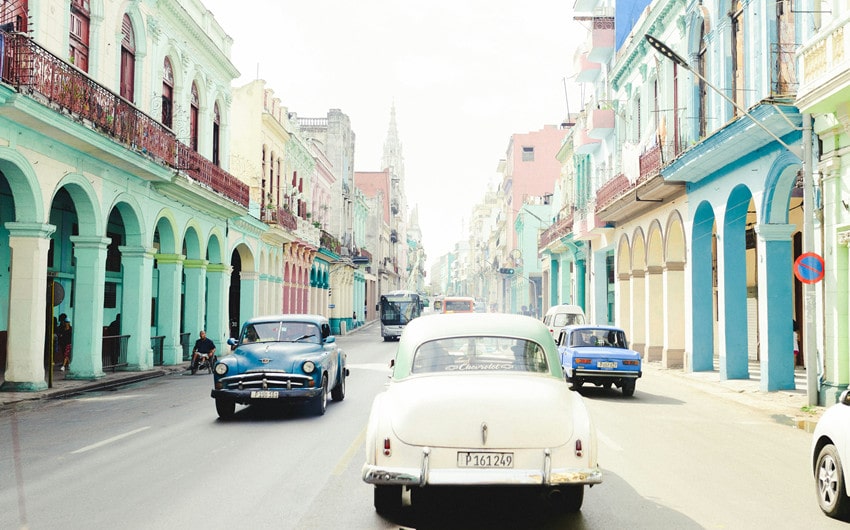Discover Why Are The Cars In Cuba So Old Today
Walking through the colorful streets of Havana feels like stepping back in time, with vintage Chevrolets, Fords, and Buicks cruising by. It’s a sight that leaves many visitors curious, wondering why the cars look like they belong in a museum. Naturally, the question comes up: why are the cars in Cuba so old and still running after all these years? The answer is a fascinating mix of history, resilience, and ingenuity.
In this article, we’ll dive into the story behind Cuba’s iconic car culture and how these classic vehicles have become a proud symbol of everyday life.
Historical Background: The U.S. Trade Embargo
To understand why Cuba’s streets are filled with vintage cars, you have to go back to the early 1960s. After Fidel Castro’s rise to power in 1959, tensions between Cuba and the United States escalated quickly. In response to Cuba’s new communist government and its alignment with the Soviet Union, the U.S. imposed a trade embargo in 1960. This embargo cut off almost all imports from the U.S., including cars and car parts.
Before the embargo, Cuba had a bustling economy heavily influenced by American culture. Havana was filled with the latest American automobiles, from sleek Cadillacs to flashy Buicks. But once trade was halted, Cuba could no longer easily import new vehicles or spare parts to maintain them. Over time, the cars already on the island — mostly models from the 1940s and 1950s — became frozen in history.
The embargo forced Cubans into a unique situation: they had to make do with what they already had. No new waves of American-made vehicles arrived to replace aging models. Without access to replacements, the cars that were already there became lifelines that had to be preserved at all costs, leading to Cuba’s now-famous vintage car landscape.
Cuba’s Creative Car Maintenance Culture
Necessity, as they say, is the mother of invention — and nowhere is that more true than in Cuba’s car culture. Faced with aging vehicles and no steady supply of parts, Cubans developed extraordinary skills in car maintenance and repair. Over decades, they built a tradition of ingenuity that keeps these classic cars running against all odds.
Mechanics and everyday car owners became masters of improvisation. When original parts wore out, they fabricated replacements from scrap metal or repurposed parts from household appliances. Washing machine motors, Soviet-era truck parts, and even handmade components became essential to keeping engines alive. In many cases, the vehicles on the road today are more a patchwork of clever solutions than pure vintage originals.
It’s common to find a classic American car in Havana that looks pristine from the outside but hides a modern diesel engine under the hood, salvaged from a European vehicle. Interiors are often rebuilt using local materials, and dashboards may feature switches and gauges that have nothing to do with the original design.
This culture of creativity not only keeps the cars moving but also speaks to the resilience and technical skills of the Cuban people. Car repair has become a celebrated art form, passed down through generations and woven into the country’s cultural fabric.
Economic Challenges and Limited Access to New Cars
Even without the U.S. embargo, economic conditions in Cuba would make buying new cars extremely difficult for most citizens. The Cuban economy has faced significant hardships over the past six decades, including the collapse of its Soviet ally in the 1990s, known as the “Special Period,” which plunged the island into economic crisis.
New cars, even when available, are prohibitively expensive in Cuba. Government regulations and taxes make imported vehicles unaffordable for the average worker. In fact, a new car might cost several times what a typical Cuban earns in a year. As a result, the majority of people simply cannot consider buying a modern vehicle.
Moreover, supply is extremely limited. Even when Cuba began allowing the sale of new and used cars in the 2010s, the vehicles that trickled in were mostly overpriced and outdated models. Instead of finding modern SUVs or sedans at competitive prices, buyers faced sticker shock and a narrow selection. For most, sticking with their well-worn classics remains the only viable option.
These economic realities reinforce the deep dependence on old American cars. Keeping a family’s 1952 Chevrolet running is not just a matter of nostalgia — it’s a financial necessity. With limited income and few alternatives, investing time and ingenuity into an old car makes far more sense than dreaming about an unattainable new one.
Classic American Cars as a Symbol of Pride and Ingenuity
Over time, Cuba’s classic cars have evolved beyond their practical role into powerful symbols of national pride. Maintaining a vintage car isn’t just about having reliable transportation — it’s a source of identity and craftsmanship that reflects the spirit of perseverance.
For many Cubans, their car is a cherished family heirloom, passed down from generation to generation. The amount of labor, creativity, and dedication poured into maintaining these vehicles turns them into living pieces of personal and collective history. Car owners often display their vehicles with great pride, showcasing vibrant paint jobs, polished chrome, and meticulously restored interiors.
Owning and operating a classic car has become a matter of honor. It demonstrates a family’s ability to survive and adapt under tough conditions. Each running car tells a story of resourcefulness, hard work, and cultural pride — qualities that resonate deeply in a society that has faced so many external challenges.
Beyond individual pride, the sight of colorful vintage cars against Havana’s crumbling yet beautiful colonial architecture has become a visual representation of Cuba itself. In the world’s eyes, these old cars are no longer relics of a bygone era; they are emblems of endurance and ingenuity.
Tourism and the Vintage Car Economy
As Cuba’s tourism industry grew, particularly after the 1990s, the island’s old cars gained a new and valuable role: economic assets. Vintage American cars became a huge draw for international visitors seeking a glimpse of “frozen-in-time” Cuba.
Recognizing the appeal, many Cubans turned their classic vehicles into businesses. Today, it’s common to see brightly colored convertibles lined up at tourist hotspots, offering city tours and rides along Havana’s seaside promenade, the Malecón. These services provide a significant source of income in a country where job opportunities can be limited.
Tourists are often willing to pay premium rates for the experience of riding in a 1957 Chevy Bel Air or a Ford Fairlane, especially when the car is immaculately maintained. In turn, this financial incentive motivates owners to invest even more in the appearance and performance of their vehicles.
The vintage car economy has created a unique feedback loop: the cars attract tourists, the tourists support the cars, and the cars continue to define part of Cuba’s tourism identity. As a result, classic cars are no longer just survival vehicles; they are now key players in sustaining local livelihoods.
Recent Changes and Future Outlook
In recent years, there have been small but noticeable shifts in Cuba’s automotive landscape. In 2011, the Cuban government began allowing citizens to buy and sell used cars without government permission, breaking decades of restrictions. Then, in 2014, it permitted the importation of new vehicles — but at sky-high prices that remained out of reach for most Cubans.
While a small number of modern cars, mostly from Europe and Asia, have appeared on the roads, they remain rare. The overwhelming majority of private vehicles are still vintage American models or Soviet-era cars from the 1970s and 1980s.
There have also been experiments with electric vehicles and ride-sharing apps, but the progress is slow and uneven. Infrastructure challenges, high costs, and persistent political issues continue to limit widespread change.
Looking ahead, it’s likely that Cuba’s streets will remain dominated by classic cars for the foreseeable future. Even if greater access to new vehicles eventually arrives, the cultural and emotional attachment to these vintage treasures runs deep. For many Cubans, these old cars are not just practical machines — they are symbols of survival, creativity, and community that deserve a place on the island’s roads for generations to come.





